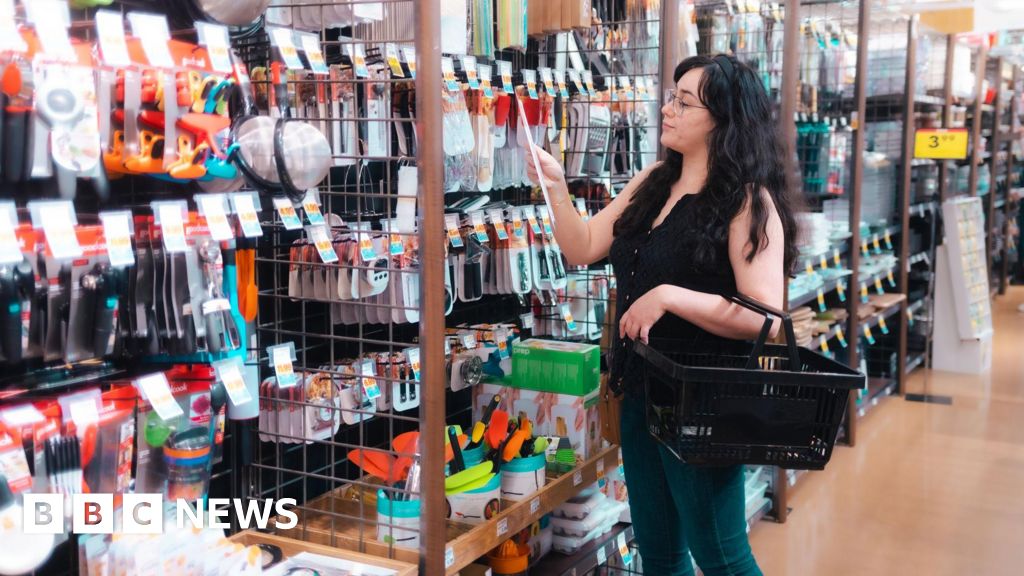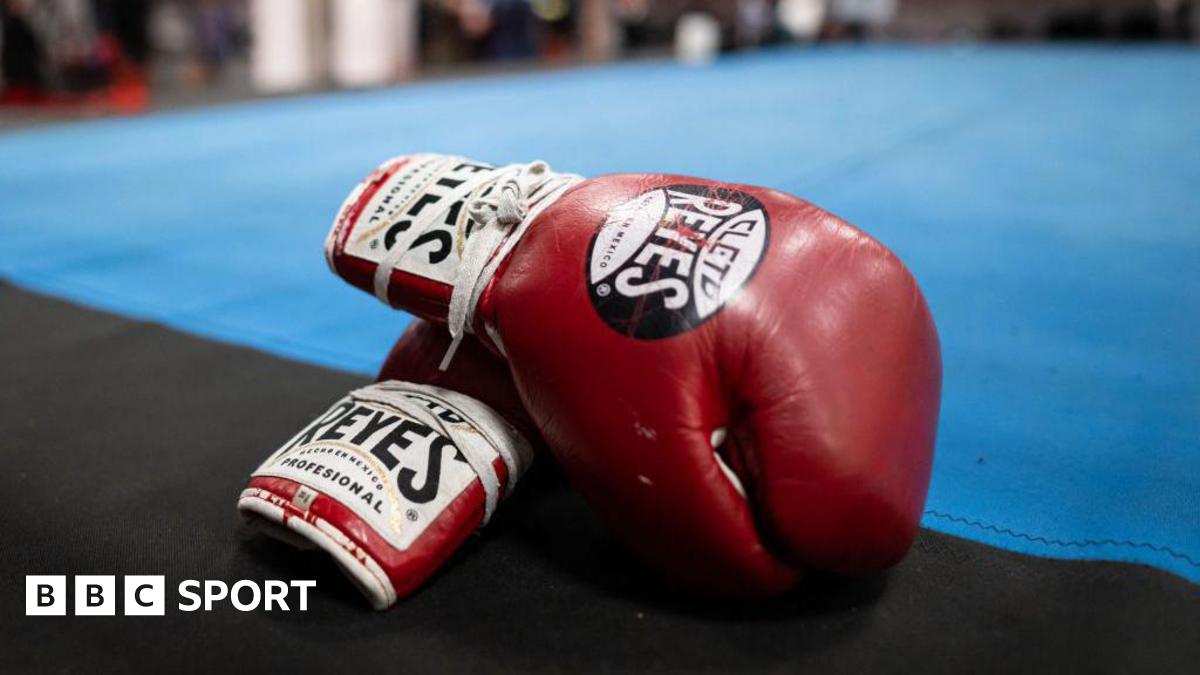Inside Rothy’s quest to create recycled velvet shoes
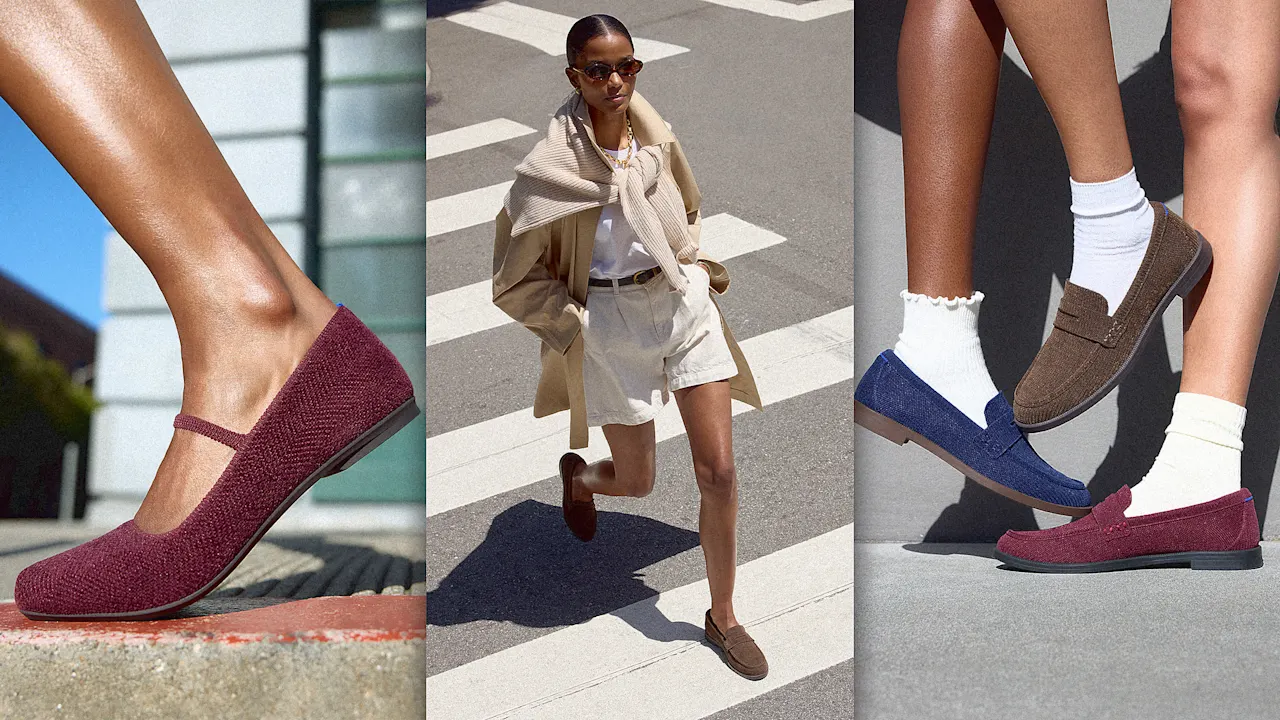
This week, Rothy’s launches a new collection unlike anything we’ve seen before from the shoe brand. There are burgundy kitten heels, stacked leopard-print booties, and comfy olive clogs—all made from velvet fabric.
At first glance, you’d think the cozy-looking shoes were made of cotton or wool. But in fact, they’re made from the same recycled water bottles that Rothy’s uses for its classic flats.
When the company launched in 2016, it quickly developed a cult following for its simple ballet flats made from a textured knit material. Over the past nine years, Rothy’s has grown quickly, going beyond flats to create sneakers, loafers, heels, and even handbags that feature its distinct, easily recognizable recycled plastic fabric.
Now the company has a fleet of 26 stores, is profitable, and generated $211 million in revenue last year, a 17% increase from the year before.
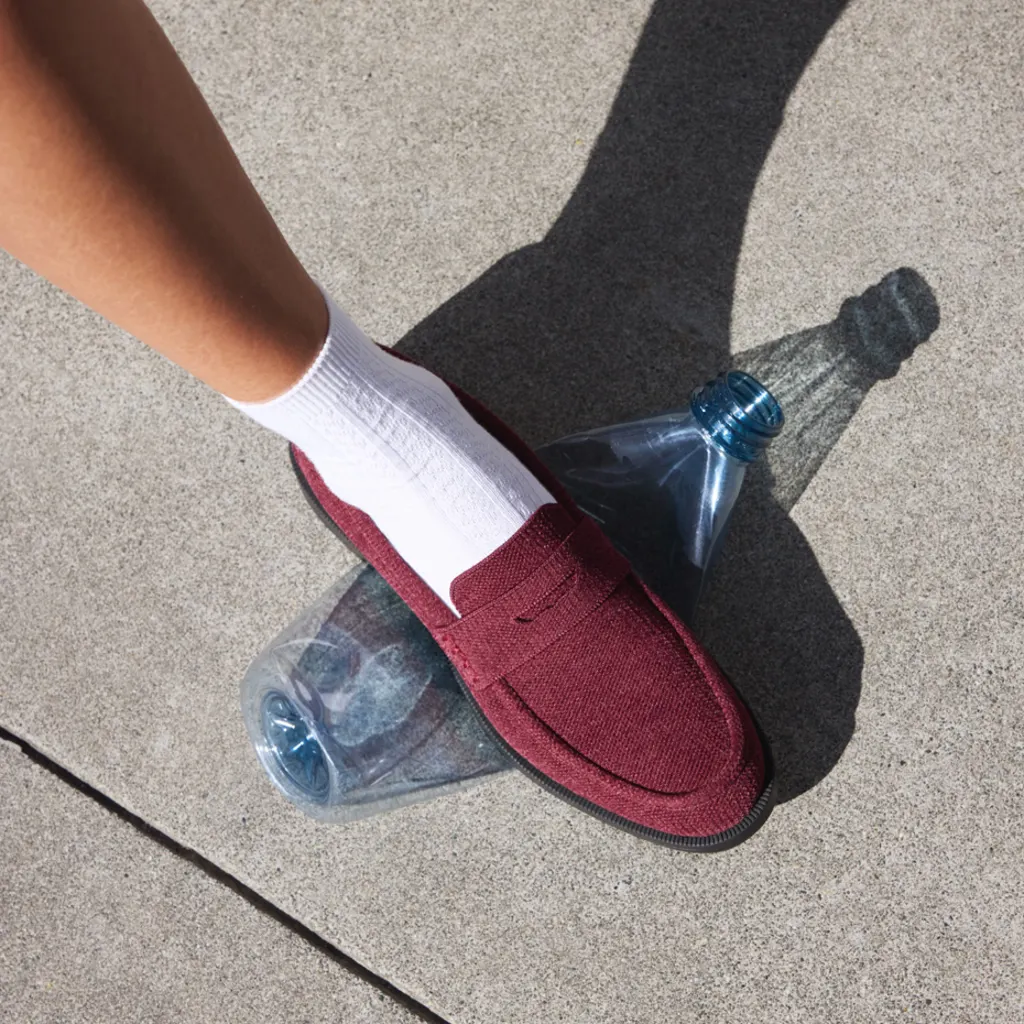
Rothy’s original material—the textured, woven knit—continues to be popular. But to keep growing, the company seeks to innovate. Its in-house team of material scientists and product designers have been tasked with developing new fabrics that meet the brand’s sustainability and durability standards but that look distinct in a wide range of styles.
This new material, which it’s calling ReVelvet, does just that. “We built our reputation on the original [recycled plastic] material,” says Heather Archibald, Rothy’s chief product officer. “But we don’t want to be limited by it. We want to be able to create any shoe you could possibly imagine.”

An Iconic Material
In 2012, Stephen Hawthornthwaite and Roth Martin had the idea to create a sustainable footwear startup that would produce a more feminine shoe than the sneakers that were coming onto the market (think: Veja or Allbirds). They spent four years working with manufacturers to develop a fabric made from recycled plastic bottles. Then they built a factory in China that would knit the shoe uppers at scale using a zero-waste 3D knitting machine.
It turned out that all of this groundwork was well worth the effort. When Rothy’s launched in 2016, its $129 shoes were a hit. Women loved that they were comfortable, eco-friendly, and durable (the shoes are machine washable).
As the shoes became a status symbol that telegraphed the wearer’s values, the instantly recognizable upper became a key selling point. Rothy’s designers used the recycled material to create everything from sneakers and clogs to heels for women, and driving shoes and loafers for men.
Over the years, Rothy’s has dipped its toes into other materials. Felice Gunawan, Rothy’s lead material developer, says it is possible to create different textures by incorporating other materials into the recycled polyester.
By weaving in hemp and organic cotton, Rothy’s developed a linen-like texture for summer sandals and slides. By weaving in merino wool, it created a warmer texture for clogs and boots. But these were fairly subtle changes. “We wanted to challenge ourselves to create something that looked even more distinct,” Gunawan says.
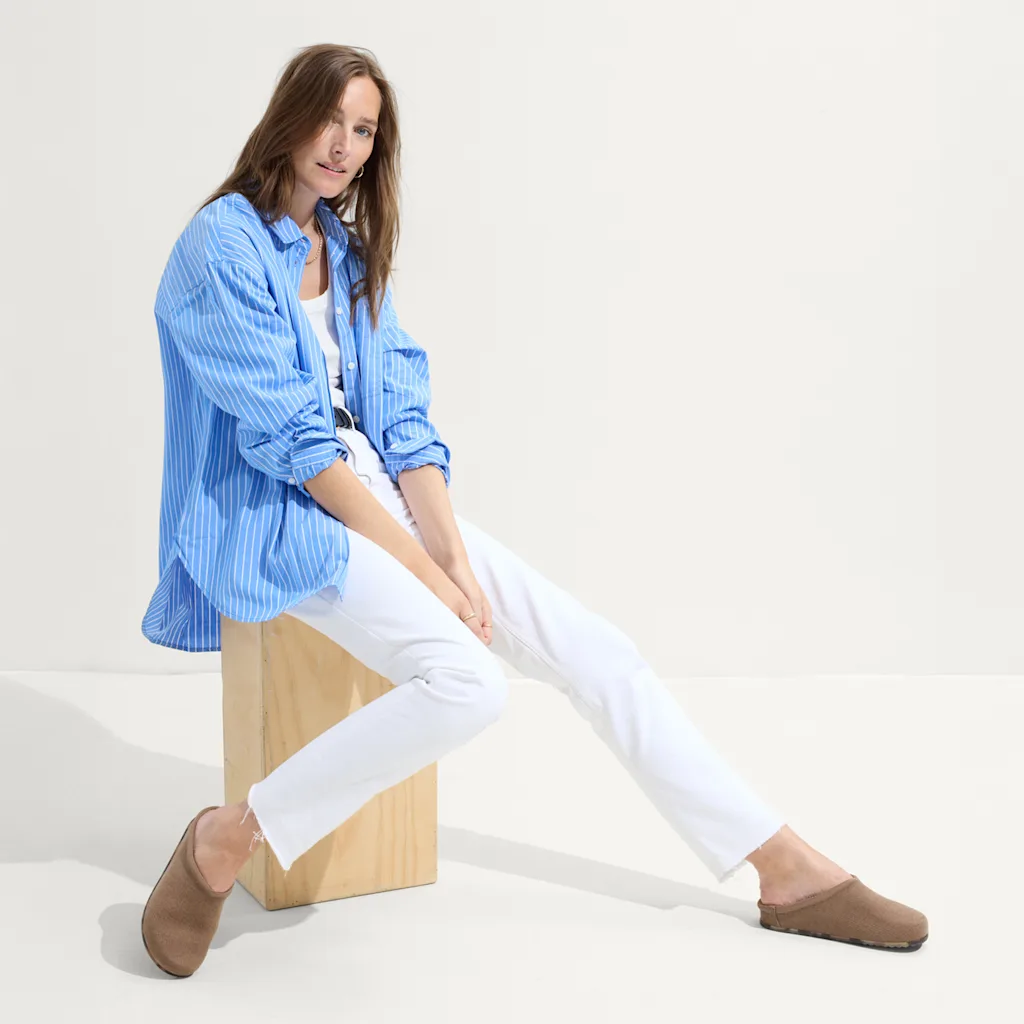
A Two-Year Quest
For two years, Gunawan scoured the market for textile manufacturers who were creating interesting sustainable materials. The good news is that there’s an abundance of these companies in operation. “There’s a lot of innovation happening now when it comes to sustainable materials,” Gunawan says. “It’s happening both at small startups and in large companies.”
For Gunawan, it was important to find a material that would meet Rothy’s rigorous standards. It has a lab in its China factory that is devoted to durability testing. And it also needed to work with a company large enough to produce the material at scale. Eventually, Gunawan found the material that would become ReVelvet, and ensured that the fibers would work seamlessly in Rothy’s 3D knitting machines in China.
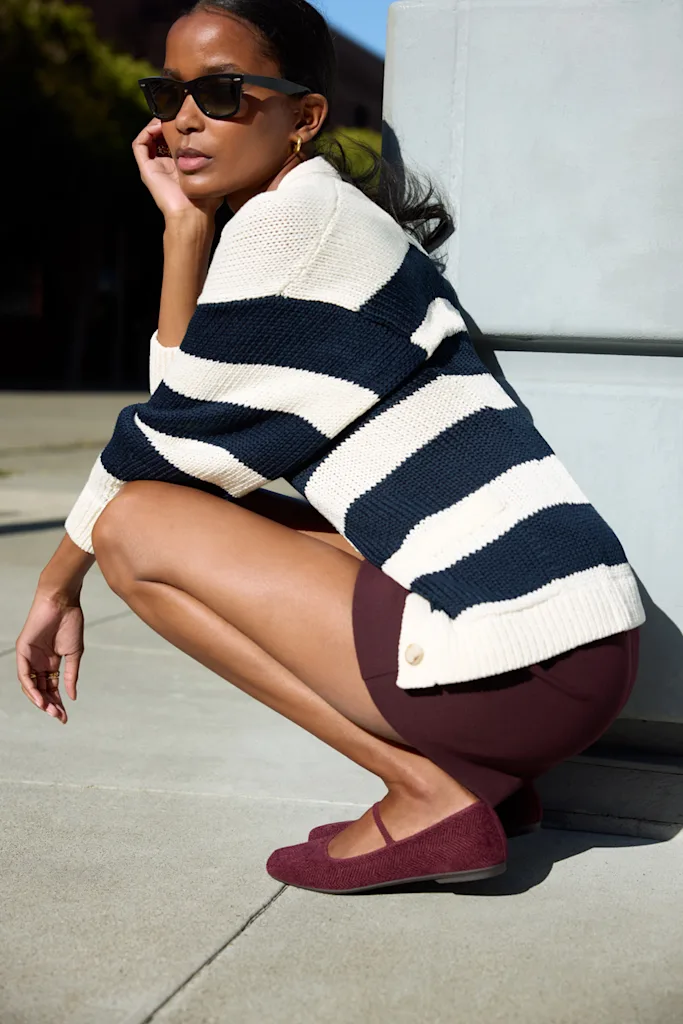
Archibald and her design team then set out to create silhouettes that would work well with the ReVelvet. Since velvet can have a more formal aesthetic, they created a pointed slingback that looks nice with an evening dress, and penny loafers that pair well with office wear. And since velvet can also look cozy and warm, they created a clog style.
As it turned out, the company’s timing was perfect: Velvet is having a moment. This fall, you’ll find it in blazers, evening dresses, and even trousers. “It was entirely luck,” Archibald says. “We had no way of knowing these shoes would be so fashionable right now.”
That little bit of luck has emboldened the team to innovate further. Gunawan is constantly keeping an eye out for new eco-friendly materials coming on the market that can be used in shoes. And Archibald is excited to transform these materials into new styles.
“For a while, Rothy’s was associated with a very particular aesthetic,” Archibald says. “But as we’re evolving, we want to be known as a brand that creates sustainable, durable shoes that come in all kinds textures and silhouettes. One day, we could create our own version of a leather shoe or even a satin wedding shoe.”
What's Your Reaction?
 Like
0
Like
0
 Dislike
0
Dislike
0
 Love
0
Love
0
 Funny
0
Funny
0
 Angry
0
Angry
0
 Sad
0
Sad
0
 Wow
0
Wow
0











